With its temperate climate and proximity to the ocean, Bordeaux has been a major trading port since at least Roman times. The soil and conditions are perfect for growing grapes, so be sure to check out the local wine scene if you can.
Under Roman rule, Bordeaux was the capital of the region of Aquitania. Following the decline of Roman rule, there were several centuries of instability before the Dukes of Aquitaine began their rise to power in the 10th century and maintained independence from the King of France located in Paris. Perhaps the most famous ruler is not a Duke but a Duchess, and Queen twice over – first of France and then of England: the Medieval superstar Eleanor of Aquitaine. Eleanor was one of the wealthiest and most powerful women in Western Europe over her long and incredible life.
Getting There
Location: West-South-West region of France near the Bay of Biscay coast of the Atlantic Ocean
Transport: From Pairs, roughly six hours by car or 3-4 hours by train. There is also a regional airport (“BOD”) that is very convenient.
Records show that a church had been on the site since at least the ninth century. As with many churches in the early medieval period, it was rebuilt and expanded over the years. The inside walls of the nave date to the 11th century, while most of the rest of the structure is from the 12th-16th centuries.
The architecture of the building is in the unique “Angevin Gothic” as opposed to the Ile de France gothic style. There is only one nave, which is indirectly lit as opposed to multiple, directly lit Ile de France gothic cathedrals like Notre Dame in Paris.

Eleanor of Aquitaine
On July 25, 1137, 13-year-old Eleanor of Aquitaine married Prince Louis at the Cathedral. Eleanor’s father had recently died on pilgrimage to Santiago de Compostela in Northwestern Spain and he had no living male heirs. As a result, Eleanor became the most sought-after match of the Middle Ages.
The French warrior King Louis VI (Louis “the Fat”) was more than happy to oblige Eleanor’s father’s dying wish that he act as her protector. He did this by marrying Eleanor to his own son, Louis, who became King Louis VII within a few weeks of the marriage when his portly father died.
Now Queen of France, Eleanor set about her duty of providing an heir, but the couple had two female children and the relationship soured. French Salic law did not allow for the crown to pass through female heirs, so in 1152 Louis had the marriage annulled so he could try for a son with a new wife.
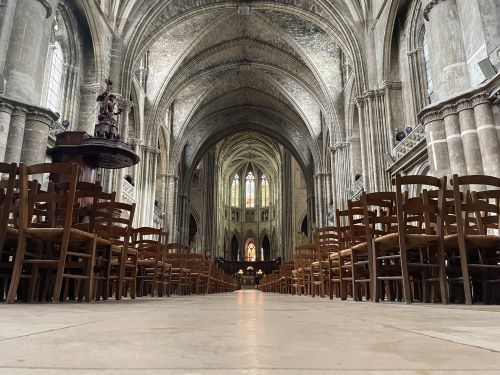
Eleanor did not squander her newfound status, as she quickly moved to marry Henry of Anjou, son of English Empress Matilda and grandson of English King Henry II. Since this a post about Bordeux I’ll leave her story here but it’s a GOOD one to be told another time!
The French Revolution was not kind to the Cathedral, which was stripped of much of its valuable metals. It was used for a variety of other functions: to store food, to host patriotic meetings and as a barn for horses. In 1798 it returned to function as a church and restoration began.
It is a beautiful building and well worth a visit when you’re in the area. The sculptures and details inside are amazing to see.
Medieval Gates of Bordeaux
Bordeaux was a typical Medival walled city, with gates at strategic locations to control the flow of people and protect the city. Most of the walls are gone, but some of the gates remain and they are spectacular!
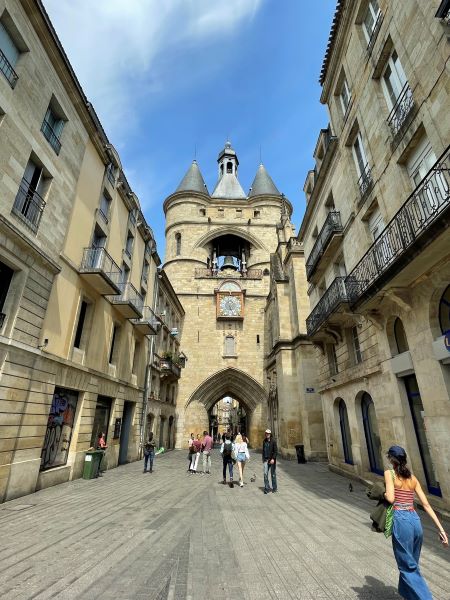
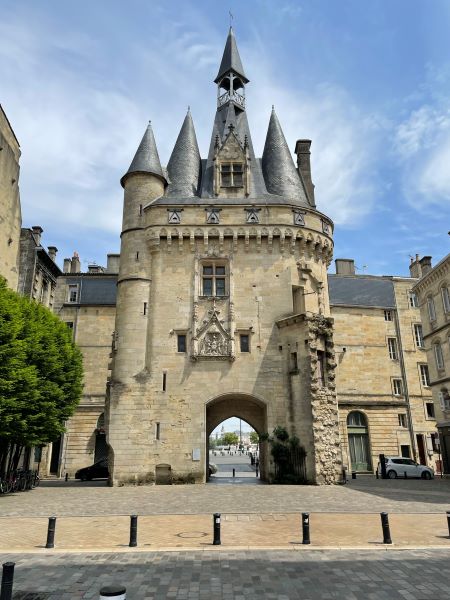
Museum of Aquitaine
This is a fantastic museum! It covers the long history of Bordeaux from Ancient times through to Modern and the artefacts they have on display are incredible.
I was most excited to see what they had for the medieval period, but I was surprised that it was not very extensive. They had some great artefacts from the Roman era and a huge exhibition on the transatlantic trade starting in the 17th century, but the medieval period was fairly light.
I guess it’s my personal bias, but Eleanor of Aquitaine was not very prominently featured for being such a formidable force throughout the Middle Ages. She went on Crusade! She was the Queen of France and England! She worked to overthrow her second King husband and ended up imprisoned for more than 15 years until Henry II died! In her 70’s she crossed the Pyrenees to bring her granddaughter back to France to marry the dauphin!
I wish they’d had more on the Medieval period but it’s still a fantastic museum.
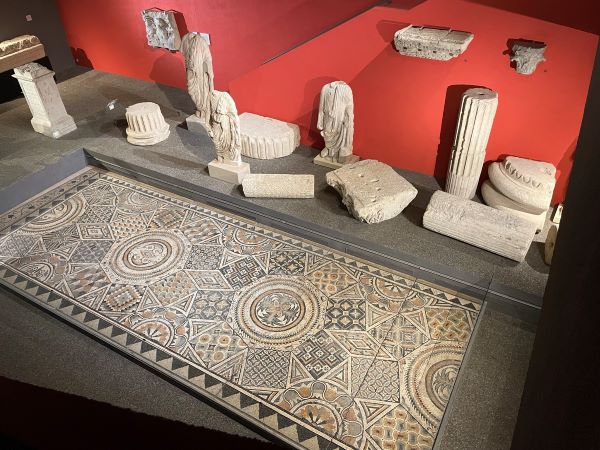
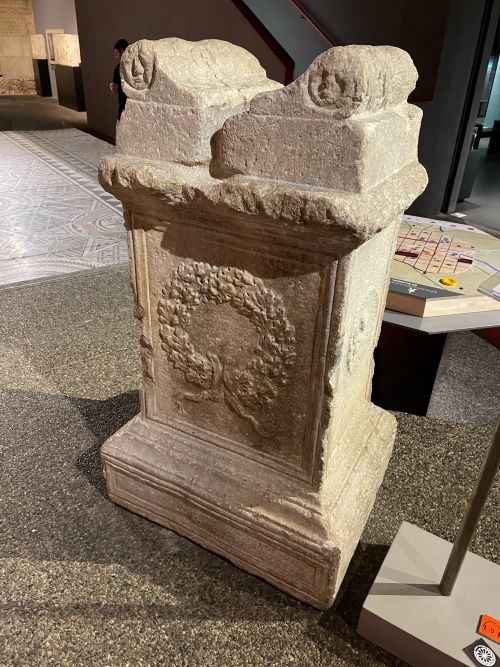
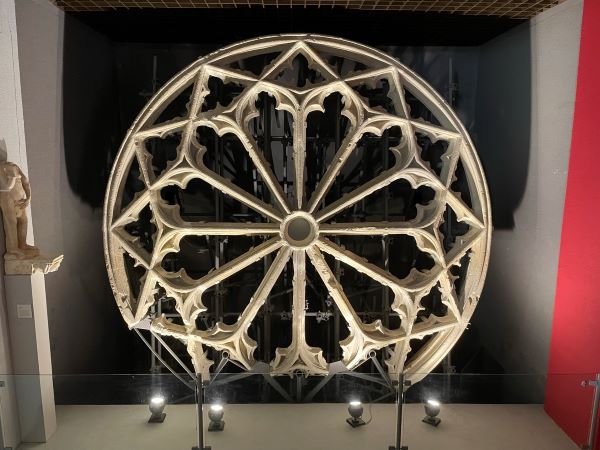
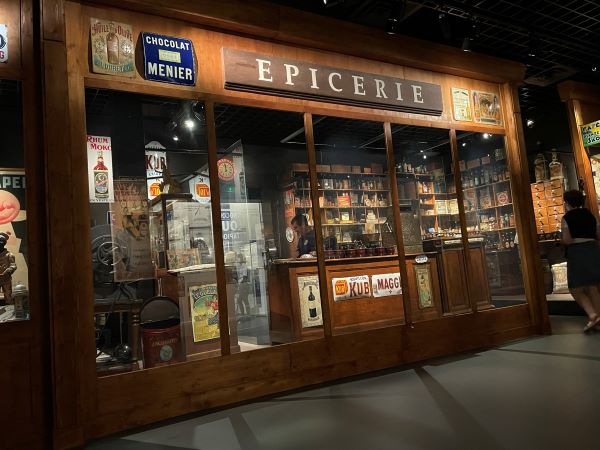
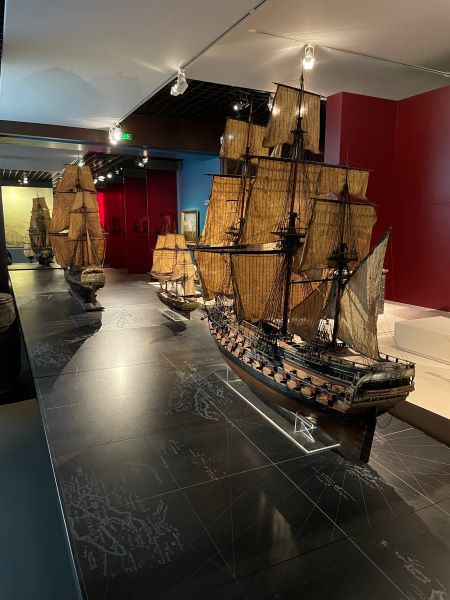
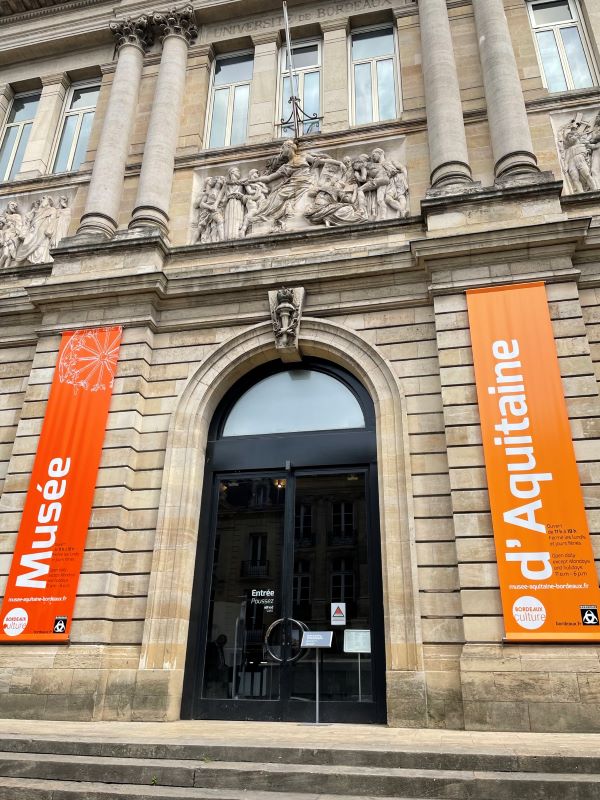

Inspired to visit Bordeaux? Always make time for a Nutella crepe in the park!
I just happened to be in town during the semi-annual antique fair held at the Place des Quinconces town square. I had to keep my purchases small to account for luggage space, but that was probably a good thing! With nearly 200 exhibitors I spent an entire day there and barely got through it all.
